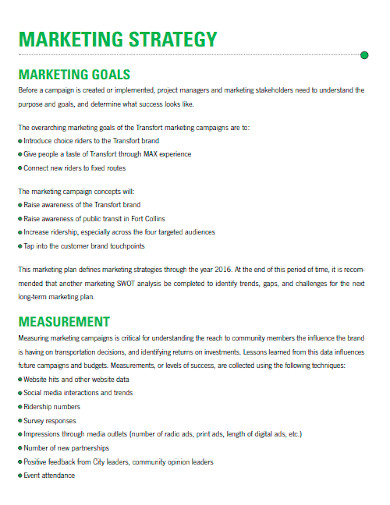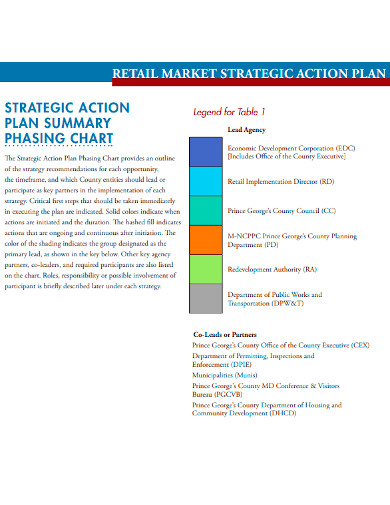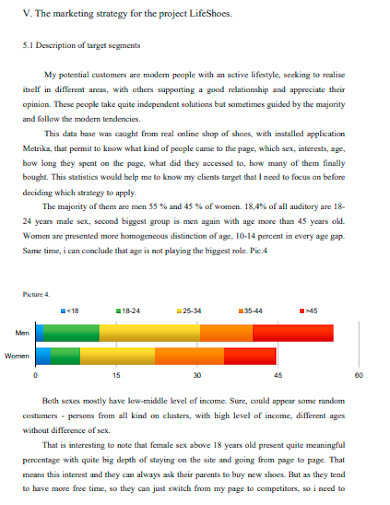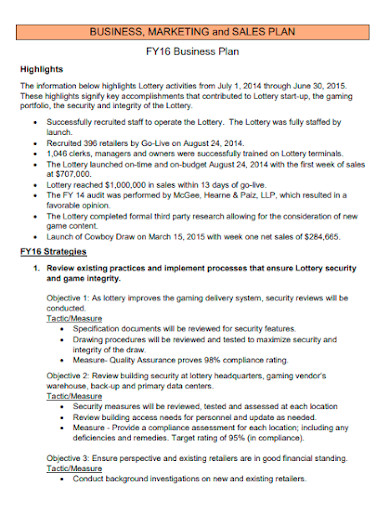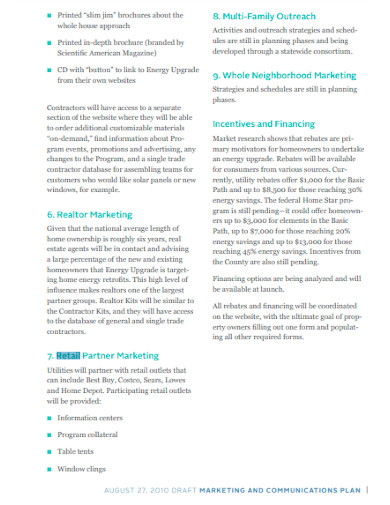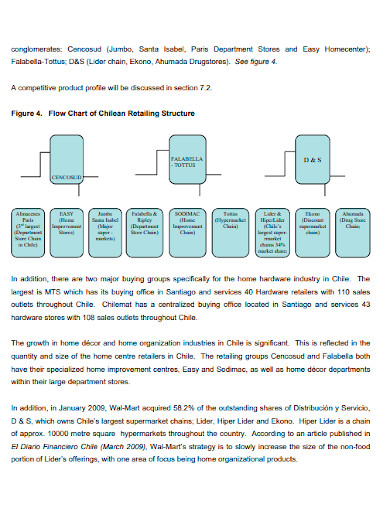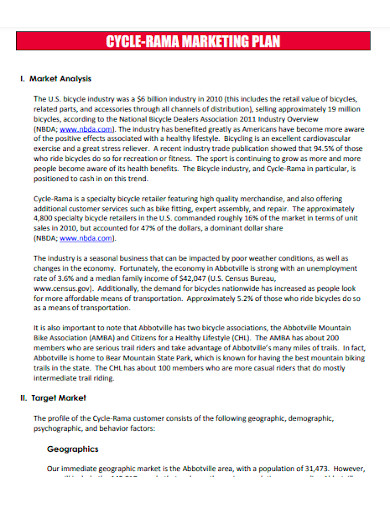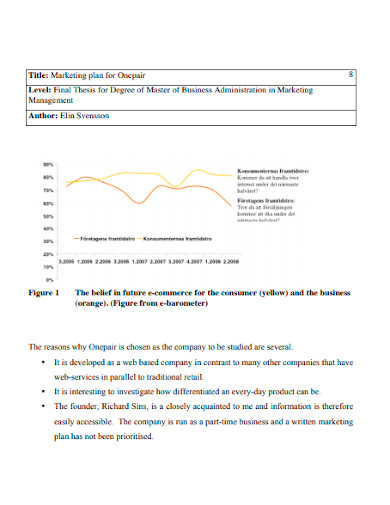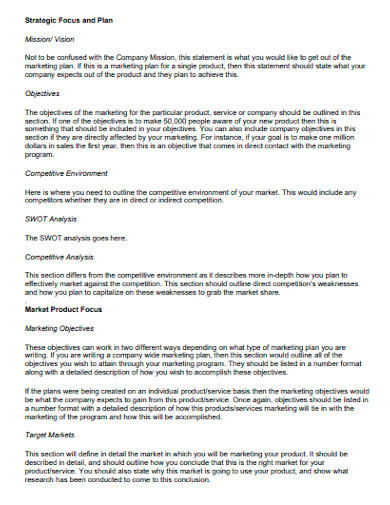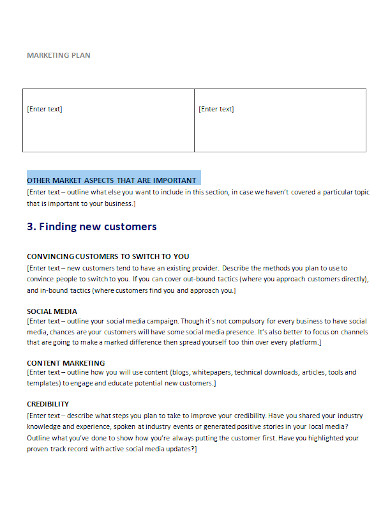11+ Retail Marketing Plan Examples to Download
Because people are constantly consuming, the retail industry shows no signs of slowing down, regardless of the economy. Retail stores are where we get our necessities. As a retailer, you can confidently assert that you have a good chance of growing your business without fear of the industry collapsing. Please remember that the retail sector is robust, this does not guarantee your business’s success, but there are ways to get there. One of them includes a retail marketing plan in your business plan, which we have compiled for you in this article.
11+ Retail Marketing Plan Examples
1. Retail Marketing Plan
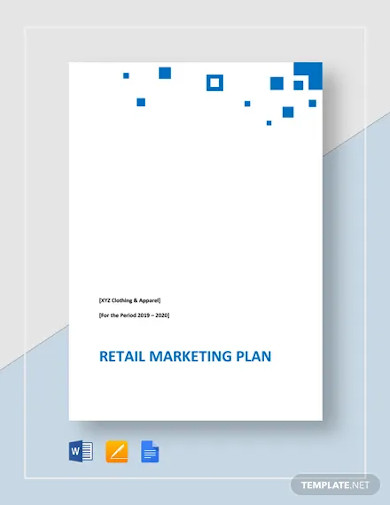
2. Retail Marketing Plan Example
3. Retail Marketing Strategic Action Plan
4. Printable Retail Marketing Plan
5. Retail Marketing And Sales Plan
6. Retail Marketing And Communication Plan
7. Retail International Marketing Plan
8. Professional Retail Marketing Plan
9. Retail e-commerce Marketing Plan
10. Retail Product Marketing Plan
11. Editable Retail Marketing Plan
12. Retail Company Marketing Plan
What Is a Retail Marketing Plan?
The retail sector is robust, as we have mentioned before. Unfortunately, as a result of this, the industry attracts a large number of aspiring entrepreneurs, further saturating the market. As a result, if you want your products to sell, you’ll need to step up and create a retail marketing strategy.
A retail marketing strategy is a sales and marketing strategy all in one. Depending on how quickly your business’s market shifts, you might write this type of paper for the coming year, quarter, or even month. This document could include a summary of the company’s marketing objectives and the steps required to achieve them.
How To Create a Retail Marketing Plan?
It can be a great deal of trouble to create a retail marketing plan. Save your time by reading the instructions on how to produce this type of document.
1. Examine Your Retail Company’s Situation.
Begin by conducting a SWOT Analysis before developing your retail marketing strategy. You will learn about your company’s competitive advantages by performing this analysis. You will also be aware of your company’s weaknesses and threats. Nonetheless, you will learn about the challenges that your company may face.
2. Recognize your target market.
After you’ve figured out your company’s situation, you’ll need to figure out who your target market is. To put this target market analysis into action, you’ll need to create a buyer persona that includes all of the necessary demographic and psychographic information. Meanwhile, psychographic data provides answers to which of your products will solve their current problems and what will entice them to buy your products.
4. Plan and evaluate your strategy.
At this point, you can determine the steps necessary to accomplish your objectives based on the market analysis and SWOT analysis conducted in the preceding steps. It may take the form of action items. You can achieve this by running a promotion for specific products. You will also analyze these steps to determine the appropriate channels to use to apply these steps correctly.
5. Think about your financial situation.
If you don’t have enough money to put your plan into action, it will remain a plan. As a result, it’s critical to consider your company’s budget when developing a retail marketing strategy. If your company doesn’t make enough money to justify a TV commercial, consider contacting a radio station or a digital marketing firm.
FAQS
What is the definition of a supply chain?
A supply chain is a system of establishments and other institutions involved in getting a product from a producer to its final consumer, who is the customer, in the business world.
What is the definition of retail marketing?
Retail marketing is a part of the retail industry that involves raising customer awareness of its products or services. Its goal is to increase sales, whether on a yearly or monthly basis.
Do restaurants fall under the category of retail?
Apart from all retail supermarkets and grocery stores, the restaurant and food retail industry include chain and franchised restaurants that include all fast food, eateries, and full-service locals. The food retail industry contains any business that sells food for preparation and consumption.
The retail industry’s resilience can assure its survival. It does not, however, rule out the idea that the market will shift or develop. Take, for example, the fashion industry. The sector moves radically from the clothing stores with physical stores to the online portal, booming e-commerce fashion.
That said, it is essential to take additional measures at your end either to stand out from the rest of the players or to make use of the tools you need to optimize the profits you’ll receive. One of these steps is introducing a strategic marketing strategy for retail, which we discussed in this post. Still, as we stated earlier, this is only one of the steps you need to take to achieve your overall business objectives. Take the time and find out what other moves you need to take. Start by reading our sample business plans page.



